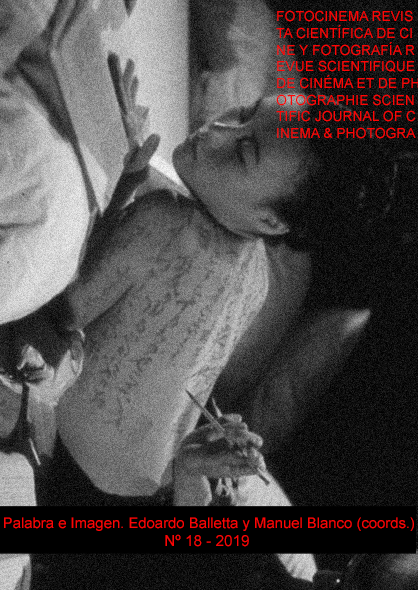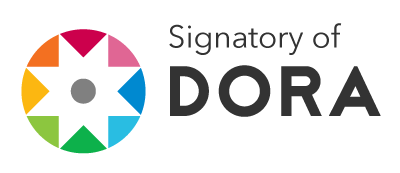Words and images of the underground culture in the filme 1,2,3 al escondite inglés (Iván Zulueta, 1970)
DOI:
https://doi.org/10.24310/Fotocinema.2019.v0i18.5526Keywords:
Counterculture, Underground Culture, Francoism, 1, 2, 3 al escondite inglés, Iván ZuluetaAbstract
In 1,2,3, al escondite inglés (1970) Iván Zulueta narrates the desire of a group of young people to disrupt the "Song Festival of MundoCanal" (a Eurovision parody). To do this, he surrounds himself with musical performances by the main bands of the Spanish "modernity" of the moment, such as Los Angeles or Formula V, among others. The film shows, beyond the alternative music of the time, images, gestures and dialogues that help us find the defining lines of what we can call underground culture during the Franco regime. In this article we try to deepen the meaning of some of these dialogues (mostly jocular), as well as the image that is offered of the different musical formations and the characters of the story, to recognize the countercultural attitudes that marked a culture submitted by a hegemonic ideology, the Francoist, in a city in which little could be expected the development of a counterculture, as was Madrid.Downloads
Metrics
References
Carmona, P. C. (2012). Libertarias y contraculturales: el asalto a la sociedad disciplinaria: entre Barcelona y Madrid 1965-1979 (Doctoral dissertation, Universidad Complutense de Madrid).
Neira, F. Canciones que cambian la vida. 9 de octubre 2018. El País.
Oblitas, J. R. V., & Parra, V. F. G. (2011). 1, 2, 3, al escondite inglés: la locura pop de Ivan Zulueta. In Cine español: arte, industria y patrimonio cultural (pp. 287-300). Instituto de la Cinematografía y de las Artes Audiovisuales.
Otaola González, P. (2015). Canción española e identidad nacional en la España franquista: Manolo Escobar.
Ramis Plomer, A. (2014). We're not gonna take it: La censura franquista en la música pop-rock anglosajona. Testimonios, censura y medios de comunicación (1939-1975).
Rodríguez, V. S. (2014). La Banda Sonora Musical en el cine español y su empleo en la configuración de tipologías de mujer (1960-1969) (Vol. 335). Ediciones Universidad de Salamanca. Rodríguez, V.S.
Toro, C. Los Beatles en España, ¡qué concierto el de aquella noche! 29 junio 2015. El Mundo.
Downloads
Published
How to Cite
Issue
Section
License
All contents published in Fotocinema Revista científica de cine y fotografía are protected under the Creative Commons Attribution-NonCommercial-ShareAlike 4.0 International (CC BY-NC-SA 4.0) license. All about this license is available in the following link: <http://creativecommons.org/licenses/by-nc-sa/4.0>
Users can copy, use, redistribute, share and exhibit publicly as long as:
- The original source and authorship of the material are cited (Journal, Publisher and URL of the work).
- It is not used for comercial purposes.
- The existence of the license and its especifications are mentioned.
There are two sets of authors’ rights: moral and property rights. Moral rights are perpetual prerogatives, unrenounceable, not-transferable, unalienable, imprescriptible and inembargable. According to authors’ rights legislation, Fotocinema. Revista científica de cine y fotografía recognizes and respects authors moral rights, as well as the ownership of property rights, which will be transferred to University of Malaga in open access. The property rights are referred to the benefits that are gained by the use or the dissemination of works. Fotocinema. Revista científica de cine y fotografía is published in an open access form and it is exclusively licenced by any means for doing or authorising distribution, dissemination, reproduction, , adaptation, translation or arrangement of works.
Authors are responsable for obtaining the necessary permission to use copyrighted images.













13.png)



